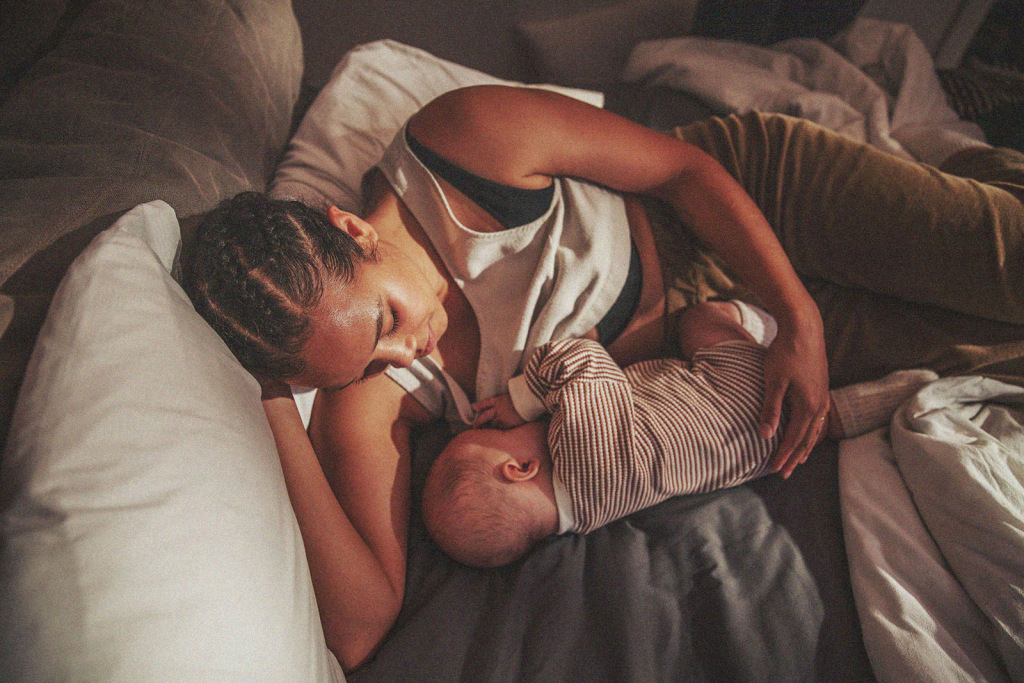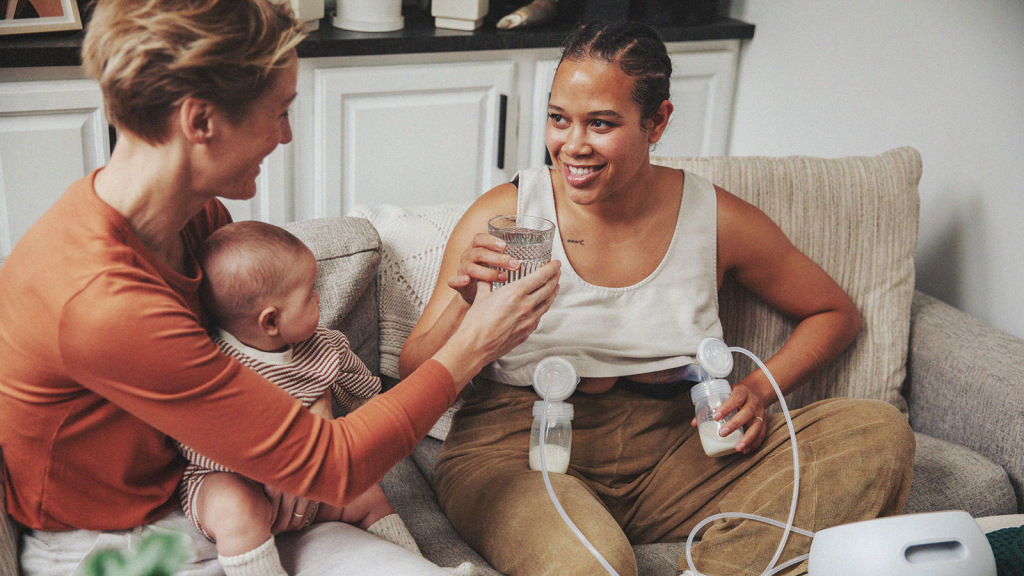What to Do When Your Breast Pump Isn’t Working
There are few items that new parents depend on more than a breast pump — and that’s why it can be especially jarring when they’re not working properly. These issues can range from milk not coming out, even when your breasts are full, to issues with the motor.
Breast pumps — like all machines — can malfunction. Thankfully, they can also be fixed with a little troubleshooting. Here are a few common breast pump issues and how to fix them.
My breast pump is losing suction
If you notice that your breast pump’s suction has decreased, there are two things you should check first: your pump’s valves and membranes. Your breast pump’s valves and membranes work together to create a seal around your nipple and facilitate suction; when they get old or break, that suction decreases. If you notice cracks, tears or defects of any sort in these pieces, it’s time to replace them.
As a note, you should be regularly replacing these parts of your pump even if they aren’t broken. Your pump’s manual should have a schedule for how often each part needs to be replaced. Before you go out and buy them, check with The Lactation Network. Pump parts can add up, and you might be eligible for replacements at no out-of-pocket cost through your insurance.
Other culprits for poor suction may be a failing motor, uncharged batteries (in a battery-operated pump), or misfit flanges.
What you can do
Make sure the tubes are securely attached to the motor, since it’s easy to forget to fully connect the tube (especially if you’re tired). If you are pumping one breast at a time, make sure the second tube port is covered (if your pump has both) so you aren’t losing suction there. You can also try hand expression, which is an effective way to empty the breast. If you’re unsure how to express milk manually, an International Board Certified Lactation Consultant (IBCLC) can show you the technique.
There’s condensation in my breast pump’s tubing
Condensation in breast pump tubing is fairly common, and it’s an easy problem to fix. To clean the tubing, simply run the pump with only the tubing attached and remove the milk collection kit (aka bottle and breast shield part of the setup). This will help dry out any moisture so you’re all set for your next pumping session.
What you can do
Make sure that you’re cleaning and sanitizing your breast pump parts regularly, as per the Centers for Disease Control and Prevention’s (CDC) guidelines. However, whatever you do, don’t wash or sterilize tubing. It’s not recommended because they will never sufficiently dry. Order your new tubing as needed (most manufacturers recommend every 3 months) through us, along with extra insurance-covered accessories.
My breast pump is not turning on
If your breast pump won’t turn on, the first thing you should do is check the power source. Make sure your outlet is working properly. If it is, take a look at your motor and charging cable. Is the cord plugged into the power adapter all the way? Are there frays or permanent kinks in the wire? If so, contact your breast pump manufacturer in order to replace your adapter.
My breast pump isn’t getting enough milk
If your pump isn’t getting enough milk during regular pumping sessions, it’s a good idea to start by ensuring that your flanges are properly fitting. ” Using the right flange size is very important,” Chrisie Rosenthal, IBCLC says. “If you’re using a size that’s not the best fit for you, you’ll typically see a decrease in your pumped volume and you may experience sore, damaged nipples. Using the wrong size may also lead to ongoing issues such as recurrent plugged ducts, and ultimately impact your supply. Keep in mind that your flange size may change over time, and the best fit for your left and right breast may be different.” For instance, you may not be getting the most amount of breast milk possible and this may lead to blocked milk ducts. A poor fit may also cause nipple damage, including rub marks and cuts on the nipple.
What you can do
Know that as your milk is transitioning during your postpartum days, your breasts are likely to change in size. Having a few backup flanges in different sizes is a good idea for all pumping parents, and many notice that their milk starts flowing when they use the right size flange. If you notice any signs of breast tissue damage from pumping, reach out to an IBCLC right away.
You may also want to consider a hospital-grade rental breast pump, which your doctor or IBCLC may recommend if they have concerns about increasing your milk production. You can also take our quiz here to find the best breast pump for your lifestyle.
Remember that you can order replacement parts for your breast pump from The Lactation Network. If you’ve troubleshot your machine and replaced parts but pumping issues persist, get in touch with a lactation consultant who can assess your lactation situation and make recommendations for next steps. We also offer in-home lactation consultations with an IBCLC at no cost to you.



